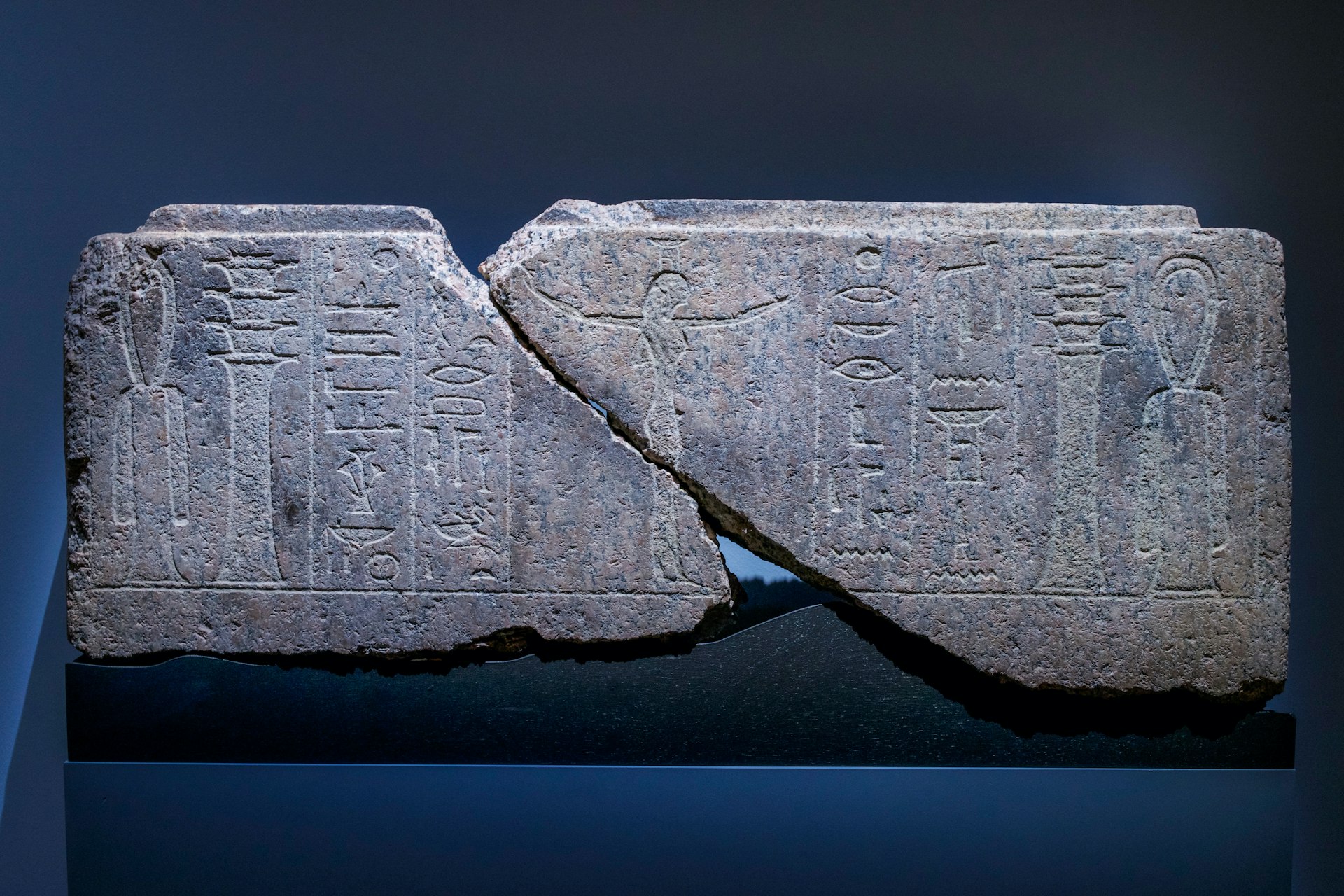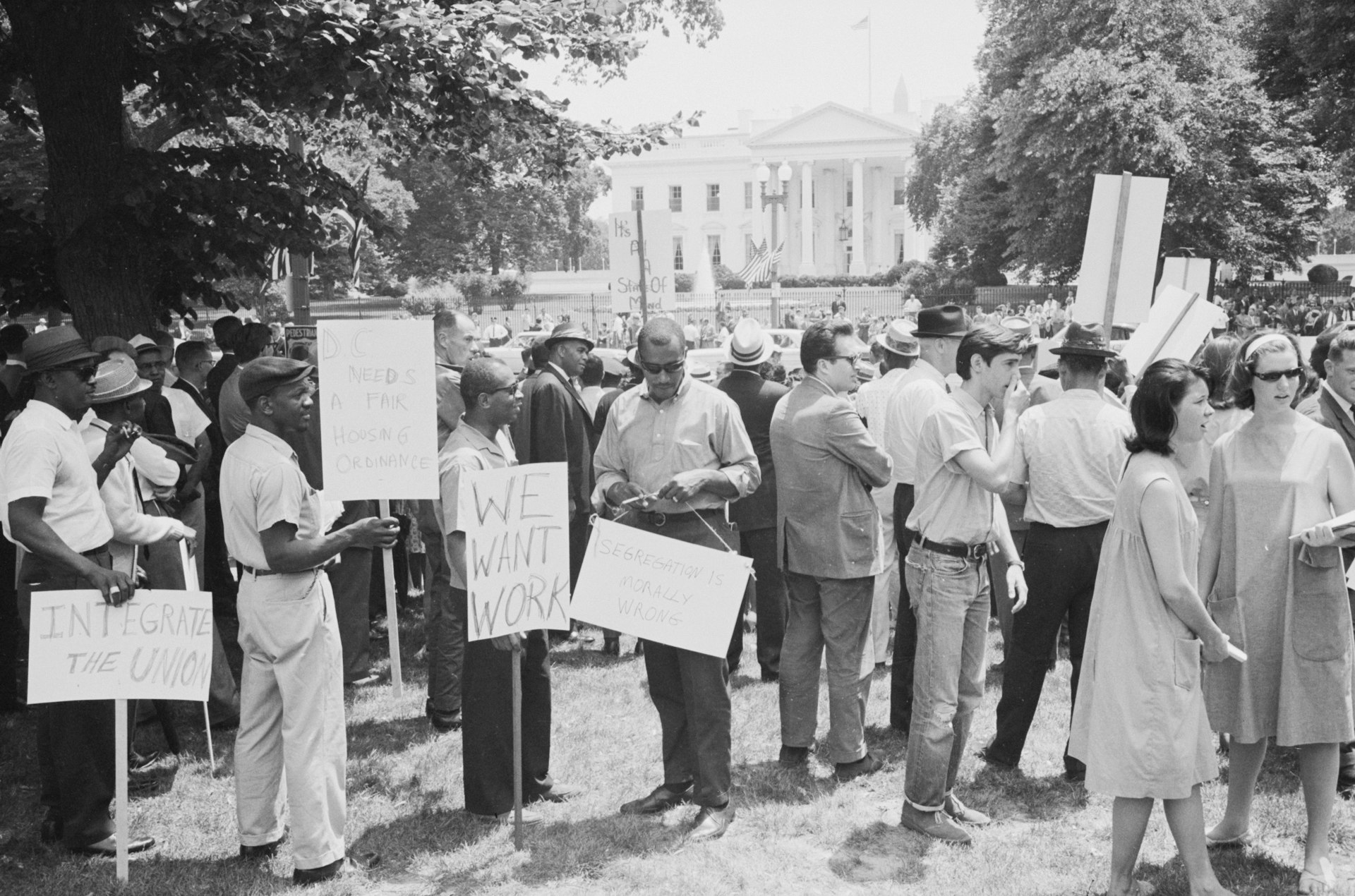Unveiling the Hidden History of Medieval Heresies: Belief, Persecution, and Change

Photo by Manuel Torres Garcia on Unsplash
Introduction: The Shadowed Legacy of Medieval Heresy
Throughout the Middle Ages, the term
heresy
cast a long, dark shadow over Europe’s religious and social landscape. Far from being a simple matter of faith, accusations of heresy shaped the destinies of countless individuals and communities, challenging the authority of the Catholic Church and altering the course of history. Understanding the
hidden history of medieval heresies
means looking beyond official narratives to discover the beliefs, struggles, and transformations that defined an era. This comprehensive guide will help you explore the roots, evolution, and consequences of heresy-and offer actionable steps for those seeking resources or deeper insights into this complex topic.
What Was Heresy in the Medieval Context?
In medieval Europe, heresy was defined as any belief or opinion that contradicted the official teachings of the Catholic Church. While the concept originated in antiquity, it gained new significance during the 11th and 12th centuries. Opinions deemed inconsistent with Church doctrine were increasingly viewed not just as theological errors, but as threats to social order and divine authority. The punishment for heresy could be severe, including excommunication, imprisonment, and even execution by burning at the stake-a practice first recorded in 1022 and continuing throughout the Middle Ages [1] .

Photo by British Library on Unsplash
Heresy was not always about religion alone. Many accused heretics were in conflict with Church leaders over issues such as property, revenues, and clerical discipline. Lay rulers often played a significant role in prosecuting heretics, highlighting the intersection of faith, power, and politics [1] .
Why Did Heresy Emerge?
The rise of heretical movements was driven by several factors:
- Reform and Resistance: As the Church sought to centralize authority and enforce clerical celibacy, resistance grew among priests and lay people who rejected these reforms or sought a purer form of Christianity [1] .
- Social and Economic Tensions: Disputes over land, wealth, and church appointments often fueled accusations of heresy, as did conflicts between secular and ecclesiastical authorities.
- Spiritual Dissent: Many heretical groups emphasized literal readings of the New Testament, personal piety, and opposition to the Church’s wealth and power [1] .
Understanding these drivers provides valuable context for the growth and suppression of heretical movements-and highlights the courage and conviction of those who dared to dissent.
Major Medieval Heresies and Their Impact
The Middle Ages witnessed a wide variety of heretical groups, each with distinct beliefs and practices:
- Cathars: Active in southern France, Cathars rejected the material world as evil and denied the validity of Church sacraments. Their dualist theology and challenge to Church authority led to brutal persecution, including the Albigensian Crusade [2] .
- Waldensians: Originating in Lyon, the Waldensians advocated poverty, lay preaching, and direct access to scripture. Condemned as heretics, they survived centuries of opposition and persist as a Christian movement today.
- Bogomils: Emerging in the Balkans, Bogomils blended Christian and Manichean ideas, questioning ecclesiastical hierarchy and materialism. Their influence spread widely but drew fierce condemnation from both Church and state [2] .
- Adoptionism: Theodotus of Byzantium taught that Jesus was a man adopted by God at his baptism, challenging the doctrine of the incarnation. His views led to excommunication and the formation of separate congregations [3] .
- Reformation Precursors: Figures like John Wyclif and Jan Hus questioned Church practices and laid the groundwork for the later Protestant Reformation [2] .
Each group’s beliefs, struggles, and legacy demonstrate the diversity of medieval dissent-and the shifting boundaries between orthodoxy and heresy.
Persecution and Social Consequences
Treatment of heretics evolved over centuries. Early on, heretics could sometimes coexist with Catholics, but as Church and secular authorities intensified their efforts, persecution became systematic and brutal. The establishment of ecclesiastical courts, inquisitions, and crusades marked a turning point, with thousands executed and entire communities uprooted [1] .
Notably, accusations of heresy often extended beyond theology to target other marginalized groups, including lepers, Jews, and those deemed socially deviant. The fear and intolerance bred by the notion of heresy shaped medieval society-and continues to inform modern debates about religious freedom and dissent [4] .
Case Studies: Lives Transformed by Heresy
Behind the grand narratives lie the stories of individuals whose lives were marked by courage and conviction:
- Marguerite Porete: A mystic who challenged Church authority with her writings, she was burned at the stake, yet her ideas influenced later spiritual movements [2] .
- Fra Dolcino: Leader of a radical sect in northern Italy, Dolcino and his followers resisted both Church and noble authority, but were eventually suppressed with violence.
- Henry the Monk: His itinerant preaching helped prepare southern France for the rise of the Cathars, illustrating the power of grassroots dissent.
Exploring these stories reveals the human dimension of heresy-and the transformative impact of belief and resistance.
Accessing Resources and Further Research
If you are interested in learning more about the hidden history of medieval heresies, consider these actionable steps:
- Consult academic libraries and online research guides, such as the St. Catherine’s School Medieval Christianity Guide [2] . These resources offer curated book lists, primary sources, and expert commentary.
- Explore university library catalogs for texts like “The Great Medieval Heretics” by Michael Frassetto and “A Brief History of Heresy” by G. R. Evans. These works provide in-depth analysis and narrative accounts.
- Review reputable history websites and platforms for accessible overviews and multimedia content, such as HistoryExtra [1] .
- Watch expert lectures and documentaries to gain broader perspectives, such as the YouTube video “What Was Heresy? Heresy During the Middle Ages” [4] .
- For those seeking academic programs or courses, contact university history departments or search for “medieval heresy” and “medieval Christianity” in online course catalogs.
If you cannot find direct links to specific resources, use search terms like “medieval heresy primary sources,” “Cathars history,” or “Waldensians historical research” in library databases and reputable search engines. Consider reaching out to academic librarians for personalized guidance.
Overcoming Challenges and Alternative Approaches
Researching medieval heresy presents several challenges, including:
- Fragmented Sources: Many primary documents were destroyed or altered by authorities. Use qualifying language when interpreting such sources, and consult multiple academic perspectives for balanced analysis.
- Conflicting Definitions: The boundaries between orthodoxy, heresy, and social dissent shifted over time. Be aware of debates among historians and the need for careful contextualization [1] .
- Language Barriers: Many texts are in Latin or old vernaculars. Seek translations and expert commentaries when possible.
Alternative approaches include comparative studies of heresy across cultures, interdisciplinary research combining theology, sociology, and history, and participation in academic forums or conferences focused on religious dissent.
Key Takeaways and Next Steps
The hidden history of medieval heresies reveals a world of belief, courage, and change. By challenging authority and reimagining faith, medieval heretics transformed society in ways that still resonate today. Whether you are a researcher, student, or curious reader, use the verified resources and actionable guidance above to continue your journey into this compelling topic.
References
- [1] HistoryExtra (2022). Heresy: a brief history.
- [2] St. Catherine’s School Library Guide (2023). Medieval Christianity: Heresy.
- [3] History Collection (2021). 10 Ancient and Medieval Christian Heresies the Catholic Church Tried to Stamp Out.
- [4] YouTube (2020). What Was Heresy? Heresy During the Middle Ages.



